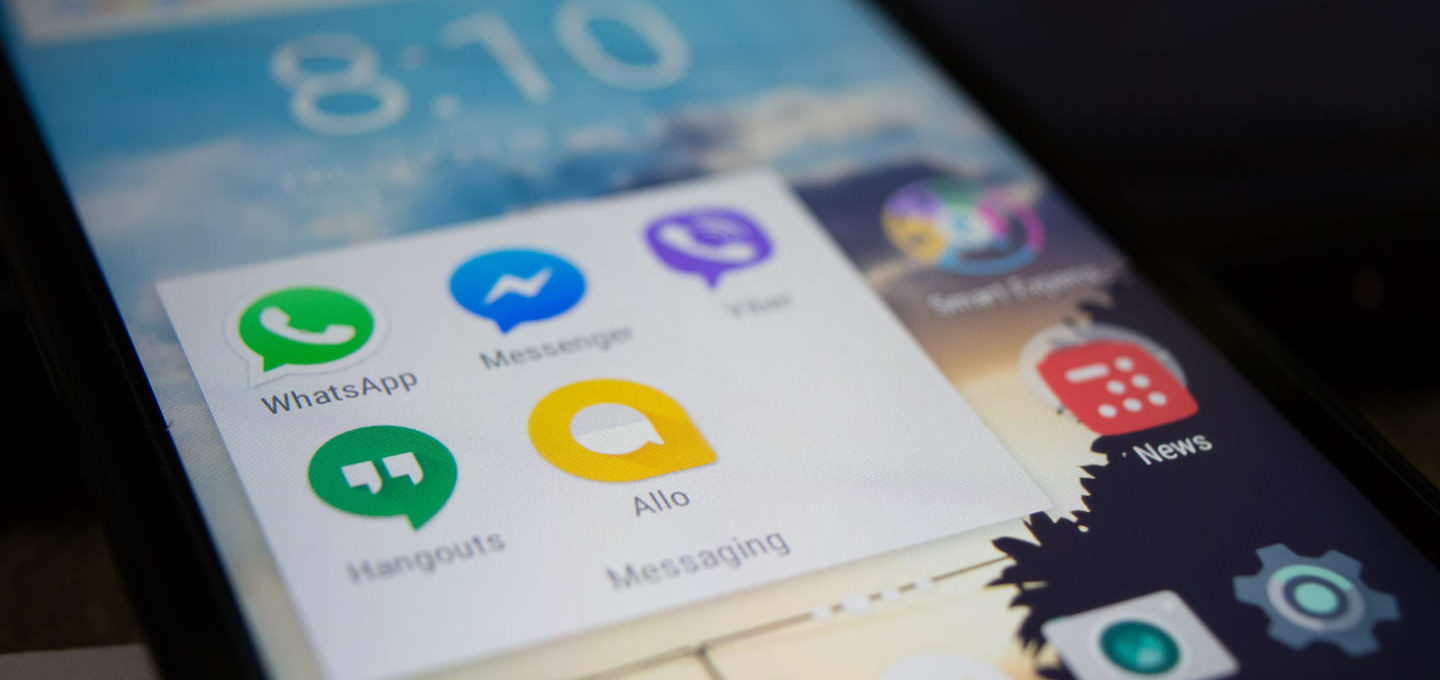Android powers around three-quarters of the smartphones around the world today, beating off competition from Apple, Microsoft, Blackberry, Palm, Mozilla and many others along the way. But how did Google’s platform become the dominant mobile operating system around the world?
Price
When Android was launched back in 2008, Microsoft Windows was the big name when it came to operating systems. Microsoft had long dominated the home and office desktop markets and their Windows CE platform already had an install base of business users that wanted a computer in the palm of their hand. And Microsoft made money by selling licenses for its software, selling millions of licenses each year and generating huge profits.
Apple made its money by selling hardware devices and their software operating systems of MacOS (MacBooks) and iOS (iPhones) were made freely available to Apple device users. But Google went one step further and made its mobile operating system available for free to anyone that wanted to use it – why would manufacturers choose to pay Microsoft a license fee for every smartphone they sold when they could use Google’s software for free?
The free and open source Linux operating system was widely used at the time as well, but its install base was mostly servers rather than PCs and it certainly was not an option on mobile devices.
Open Source
Not only was Android made available for free, but the following in the footsteps of the Linux operating system Google also made the code open source. This meant that companies could see how the operating system worked and could build upon it and customise it and also opened the way for individual developers to tinker with the code, find and fix bugs, and share their own improvements with the world.
Linux was already popular in the server and enterprise market, but Android was the first open source operating system that was targeted specifically at home users – everybody.
Variety
Due to the free and open source nature of Android, manufacturers around the world are free to create devices for any and every niche that are powered by the Google OS. And they have done, over the years creating large and small devices, dual screen devices, e-ink devices, and just about every variation on a “phone” you could imagine and at every price point.
Apple has always kept a relatively small suite of products on the market, which makes sense as it designs, manufacturers and supports the devices itself. As Google only supplies the OS, however, Android run on thousands of different devices, with many targeted to specific countries of sections of the population.
Play Store
Apple’s App Store created a “safe” software marketplace where users could easily find, pay for, and download new apps without worrying about viruses and other malware, and it changed the game. Google’s Play Store took a long time to catch up, but today offer more apps and a wider variety of apps than you can find on Apple’s service, and more critically the size of the store makes it nearly impossible for any new competitor in the space to compete.
Even Amazon’s Appstore, with its huge resources, cannot compete with the scale of Google’s offering and nothing from Microsoft or anyone else can come close to unseating the Play Store form its top spot. Whilst many mobile operating systems have tried to take on Android, they never managed to get enough developers on board to make their app marketplace competitive, and that meant that eventually the users would jump ship to Android.
The dominance of the Play Store can be seen whenever you visit a developer’s website or an app review site. They will now only link to the Apple App Store and Google Play Store, as you can see from this link provided by Nostrabet to download Betfair on Android and iOS. You’ll see no mention of any apps on the Microsoft Store or any other marketplace – they are simply no longer relevant.
Supported by Google
Whilst making the software free and open source gave Android an army of open source developers helping them improve the code, it was Google’s backing that made the operating system the default competitor to Apple’s iOS. Google had an arms chest of billions of dollars, some of the most developers in the world, and importantly a suite of tools that were already central to how many people used the internet.
Google Maps and YouTube were two apps that were installed by defaults on the first iPhones and were a major part of making Apple’s smartphone a success. Not only was the iPhone a phone, MP3 player, and digital camera, it was an interactive map and a search tool that gave you access to the world. Microsoft’s Maps and Bing search engine simply could not match Google’s alternatives and that made Android the preferred choice.
Photograph by Alok Sharma

